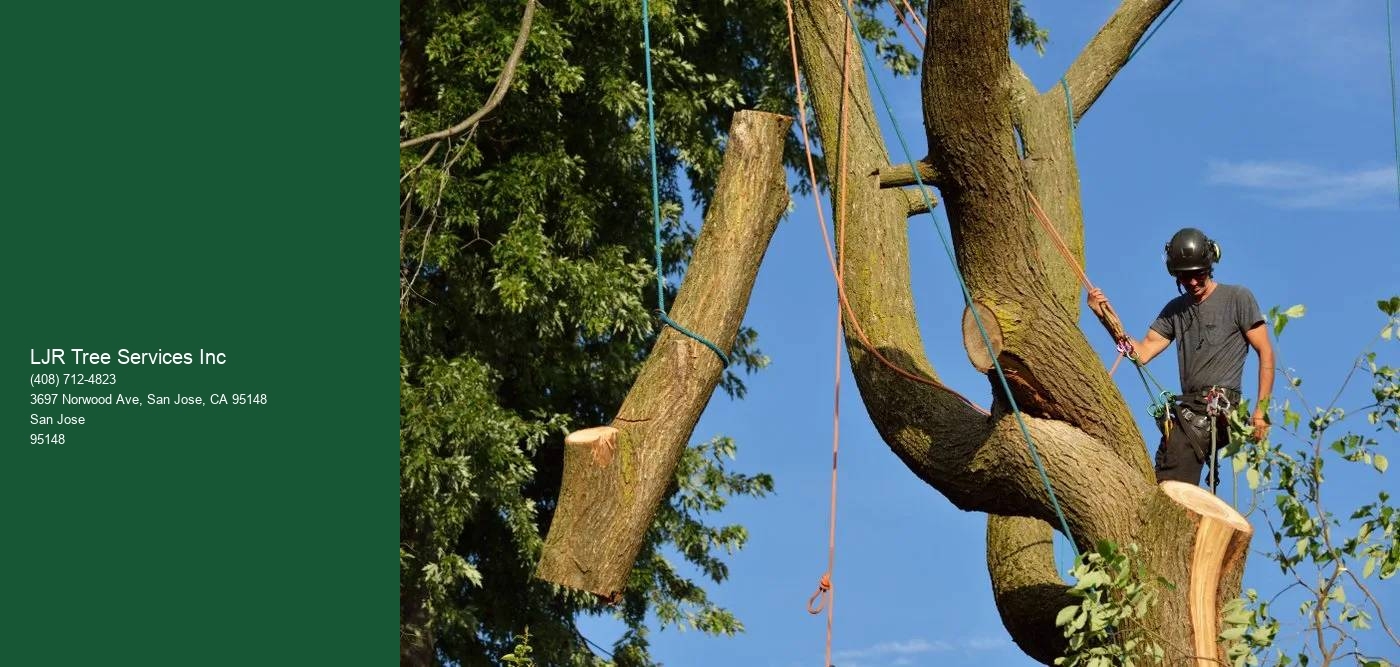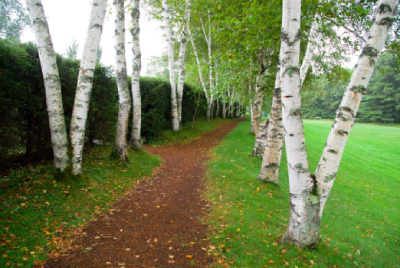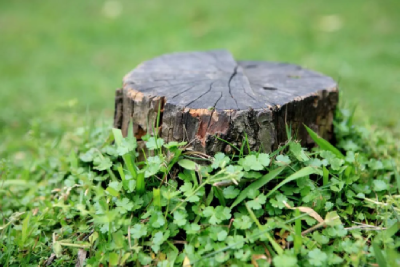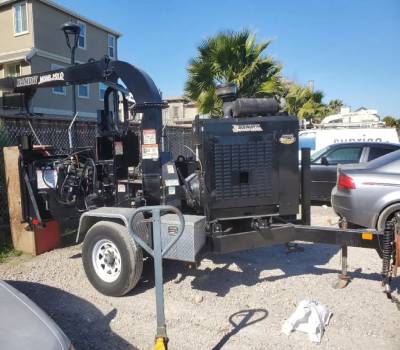

Arborist Consultation: For a more nuanced evaluation, seeking the expertise of certified arborists proves invaluable. These professionals possess the knowledge and experience to assess tree health comprehensively. Arborist consultations may include thoroughly examining the tree, soil analysis, and discussing environmental factors affecting its well-being.
Soil Testing: A crucial aspect of tree health, the condition of the soil profoundly impacts a tree's ability to thrive. Soil testing involves analyzing nutrient levels, pH, and moisture content. By understanding the soil composition, arborists can recommend appropriate fertilization and irrigation strategies to ensure optimal tree health.
Advanced Technologies: In the age of technological advancement, cutting-edge tools and devices have become indispensable in tree health assessments. Tree health monitoring systems, equipped with sensors, can provide real-time data on environmental conditions, allowing for proactive management. Drones and imaging technologies offer a bird's-eye view, aiding in identifying potential issues from a unique perspective.
Resistograph and Sonic Tomography: For a closer look beneath the bark, seismograph and sonic tomography are non-invasive methods used to assess the internal structure of a tree. Resistographs measure wood density, detecting decay or cavities, while sonic tomography utilizes sound waves to create images of internal tree structures. These methods help arborists evaluate the structural integrity of trees without causing harm.
Aerial Inspections: Traditional assessments may need to be more practical in vast or challenging landscapes. Aerial inspections, often conducted using drones or other aerial vehicles, provide a comprehensive overview of tree health across large areas. This method is beneficial for assessing the health of forests or urban tree canopies.
Understanding the health of trees is paramount to their preservation. Through the amalgamation of visual inspections, arborist expertise, soil analysis, advanced technologies, and innovative imaging methods, we gain a holistic perspective on the well-being of our arboreal companions. Let us embrace these methods and refine our approach to tree health assessments, fostering a harmonious coexistence with nature.
Future Trends In Tree Health Management - As custodians of our planet, the importance of trees in maintaining ecological balance cannot be overstated. In the ever-evolving landscape of environmental science, the future of tree health management holds exciting possibilities. Technological advancements, innovative research, and community-driven initiatives shape how we perceive and care for our arboreal companions. Join us as we embark on a journey into the green horizons of tomorrow, exploring the promising future trends in tree health management.
Advancements in Technology - The integration of cutting-edge technology is revolutionizing how we monitor and manage tree health. Remote sensing, drones, and satellite imaging are becoming invaluable tools for assessing large forested areas. These technologies provide real-time data on tree conditions, allowing for swift responses to emerging threats and ensuring more precise and efficient management practices.
Disease-Resistant Tree Varieties- In the face of increasing threats from pests and diseases, researchers are actively working on developing genetically modified and naturally resistant tree varieties. These resilient species not only bolster the overall health of tree populations but also reduce the reliance on chemical interventions. The future of tree health management lies in cultivating a diverse array of trees that can withstand evolving environmental challenges.


Citizen Science and Community Engagement - The future of tree health management is intrinsically linked to community involvement. Citizen science initiatives empower individuals to contribute to monitoring tree health in their local environments. By fostering a sense of ownership and connection, communities become active participants in preserving and caring for their urban forests, creating a more sustainable and resilient green infrastructure.
Big Data Analytics - The sheer volume of data generated by environmental monitoring tools can be harnessed through big data analytics. Researchers and arborists can analyze vast datasets by employing sophisticated algorithms to identify patterns, predict potential threats, and optimize management strategies. This data-driven approach enables more informed decision-making and proactive interventions.
Climate-Responsive Management - As climate change continues to impact ecosystems, future tree health management must be adaptive and responsive. Arborists and researchers are developing strategies that consider the changing climate conditions, ensuring that tree care practices evolve to meet the challenges posed by shifting temperatures, precipitation patterns, and the prevalence of extreme weather events.
Green Infrastructure Planning - Urban planning increasingly recognizes the importance of green infrastructure, and the future of tree health management is intertwined with city planning. Integrating trees strategically into urban landscapes enhances the aesthetic appeal of cities, contributes to air quality, reduces heat islands, and promotes overall well-being. Future urban developments will prioritize incorporating trees as integral components of sustainable, resilient cities.
The future of tree health management holds promise and innovation. As we embrace technological advancements, genetic research, community engagement, and adaptive strategies, we pave the way for a greener, healthier planet. By staying at the forefront of these trends, we can collectively ensure that our trees endure and thrive in the face of ever-changing environmental dynamics. Let us embark on this journey toward a future where trees stand resilient, playing their crucial role in the symphony of our natural world.


The Art Of Tree Pruning: A Comprehensive Guide
The Science Behind Effective Tree Pruning Techniques -In the intricate tapestry of nature, trees stand as silent sentinels, contributing to the beauty and well-being of our surroundings. The art of tree pruning is the key to ensuring their longevity and vitality. This essential practice not only enhances the aesthetic appeal of our green companions but also plays a pivotal role in their overall health and safety. This blog delves into the profound importance of tree pruning, offering insights into its transformative benefits. We will explore three distinct pruning techniques—Crown Trimming, Limb Pruning, and Structural Pruning—unveiling the nuanced artistry that preserves the essence of our arboreal allies.
Understanding Tree Pruning: Tree Pruning is like deciphering nature's code for optimal tree health and longevity. This horticultural practice involves strategically removing branches, fostering a balance between aesthetics and vitality. The purpose is twofold: enhance the tree's appearance and ensure structural integrity by identifying and removing dead or overgrown branches, trees thrive, free from the burden of unnecessary weight. This art requires a discerning eye and knowledge of proper cutting techniques. In this blog, we unravel the core concepts of tree pruning, shedding light on its significance in cultivating robust, resilient trees that stand the test of time.
Benefits Of Tree Pruning: Trees, the silent guardians of our landscapes, provide shade, oxygen, and tranquility. To ensure their well-being and longevity, tree pruning emerges as a green secret, offering an array of benefits beyond mere aesthetics.
Enhanced Tree Health: Tree pruning is a prescription for a healthier tree. Removing dead or diseased branches eliminates potential havens for pests and diseases. This process improves air circulation and sunlight penetration, fostering a robust and resilient tree.
Aesthetic Appeal: The artistry of tree pruning lies in sculpting nature's creations. Shaping the tree enhances its visual appeal, contributing to a well-maintained and picturesque environment. A pruned tree stands tall and exudes a sense of care and attention.
